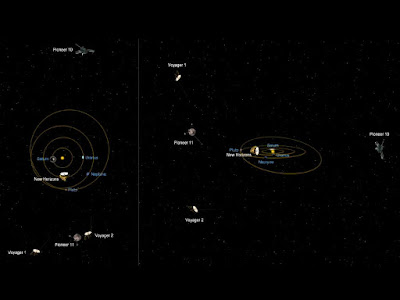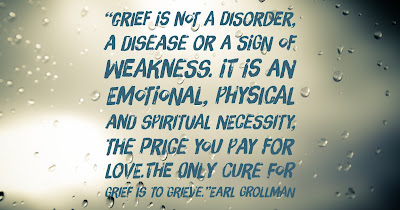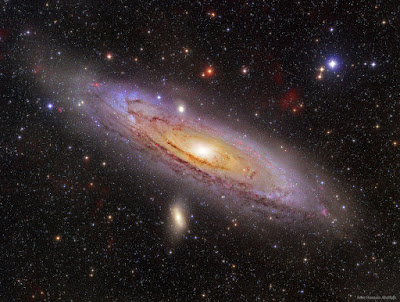Copyright © 2019
by Ralph F. Couey
Written content only
Thanksgiving is one of those unique American holidays, and while the traditional foods and activities are firmly established, the origins of some of those traditions is shrouded in historical ambiguity. That being said, as everyone gathers around the table today, none of that will matter.
The traditional first Thanksgiving was celebrated by the Pilgrims at Plymouth Colony in what would eventually be Massachusetts. The colony had undergone a terrible trial in trying to establish their community in this new, but raw land. When that first harvest came in, for really the first time, the colonists were able to eat a full meal. This was something worth celebrating.
For a lot of our history, American was agrarian in nature. Before industry took hold, it was the basis for the economy. Anyone who's been a farmer or known one also knows how chancy that industry is. There has to be a last frost early enough to allow the soil to be turned in time for planting. There has to be sufficient rainfall, but a minimum of crop-destroying severe storms (hail, in particular). There absolutely cannot be invasions of pests or locusts or grasshoppers, as farmers in the Dakotas would find out in the 19th century. As summer wanes, there is the desperate race to get the harvest in and stored before the first plant-killing frost. For the farmer, summer was four or five months of very long days, short nights, and constant worry about the immediate future. Back then, if your crops were destroyed, there was no grocery store to back you up. A successful harvest meant one thing: Survival.





